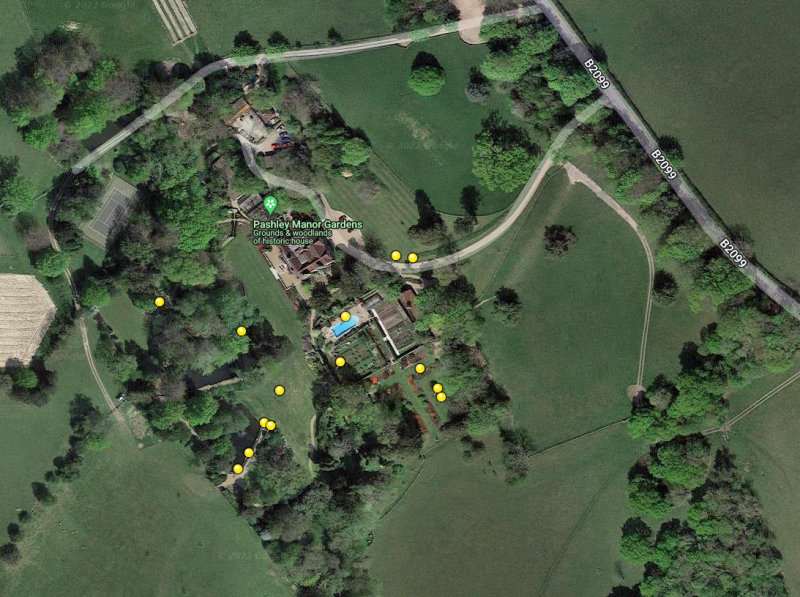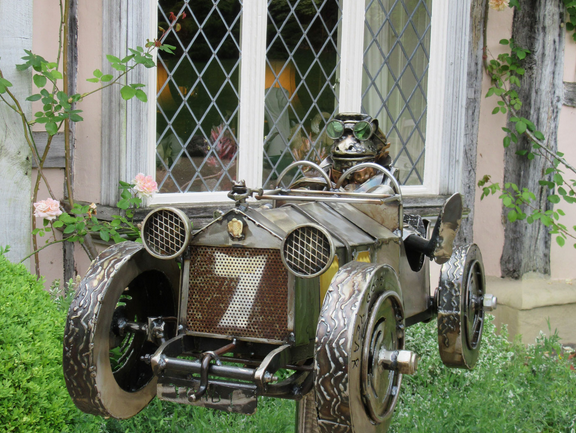|
Pashley Manor is a Grade-I listed timber-framed
Elizabethan manor, built in 1550 and extended in 1720. The house is not
usually open to the public, but it does provide a lovely backdrop for
the colourful gardens.
The Anne Boleyn Connection
The history of the manor goes back to the 13th century.
In 1292 Sir Edmund de Passele built a moated manor. The Passele, or
Pashley, family held the manor until 1453 when it was purchased by the
Bullen family of Norfolk. The Bullen family name is better known today
in its alternate spelling, Boleyn. The most famous member of the Boleyn
family is Anne Boleyn, second wife of Henry VIII. Anne is thought to
have spent parts of her childhood at Pashley Manor, which the family
used as a hunting lodge.
When Anne was executed for treason in 1536 the Boleyn
family was forced to sell the manor, and it was purchased by Sir Thomas
May. It was May who built the beautiful timber-framed manor house we see
today. The May family added a Georgian facade in 1720, and at the same
time built the kitchen garden wall.
Despite the additions, the manor house retains its
13th-century cellars and foundation walls. According to legend it also
boasts a pair of ghosts, one of whom is said to be that of Anne Boleyn |

